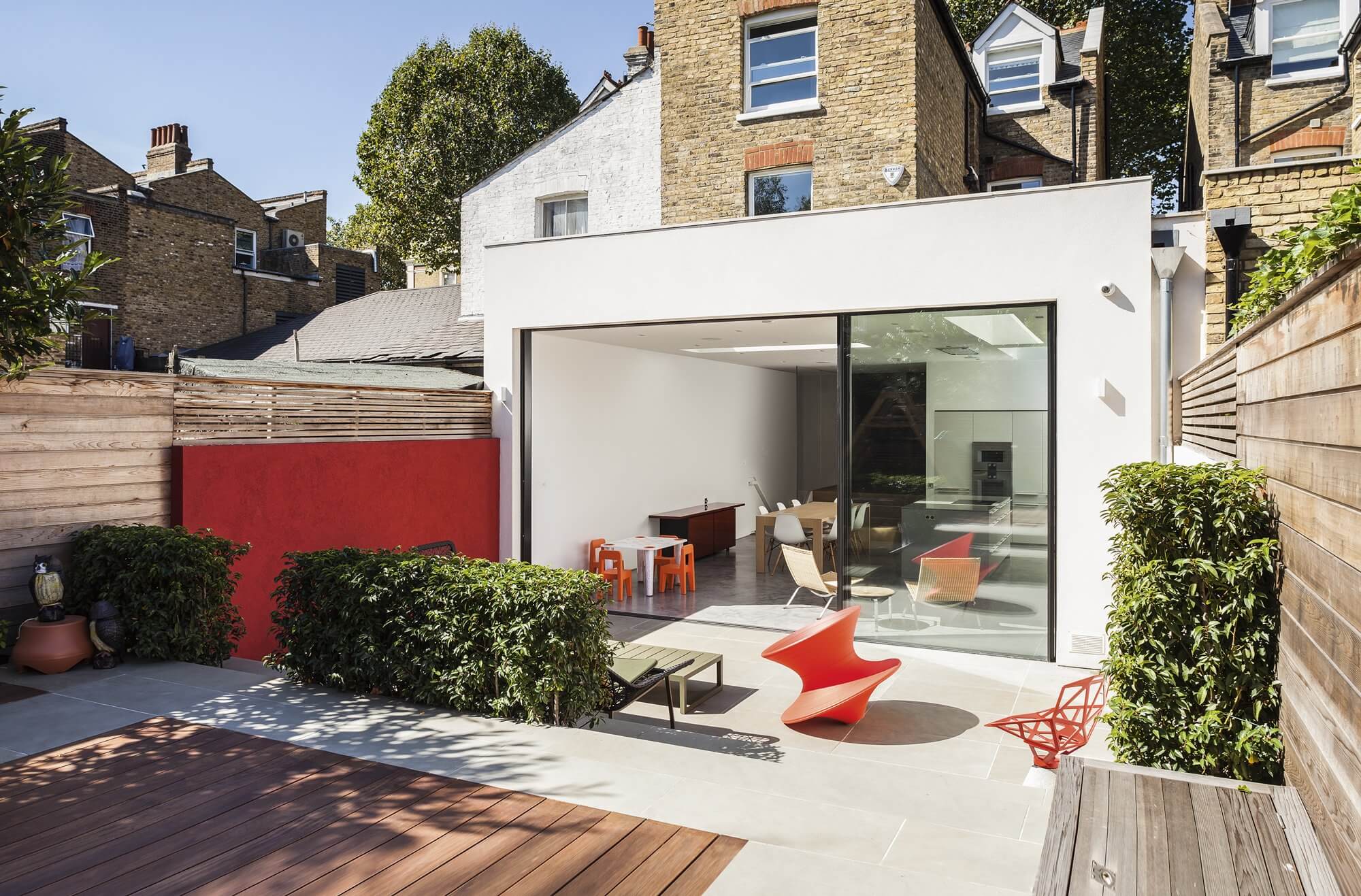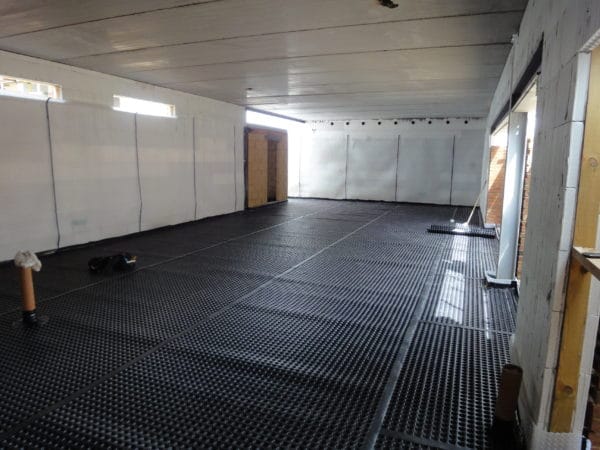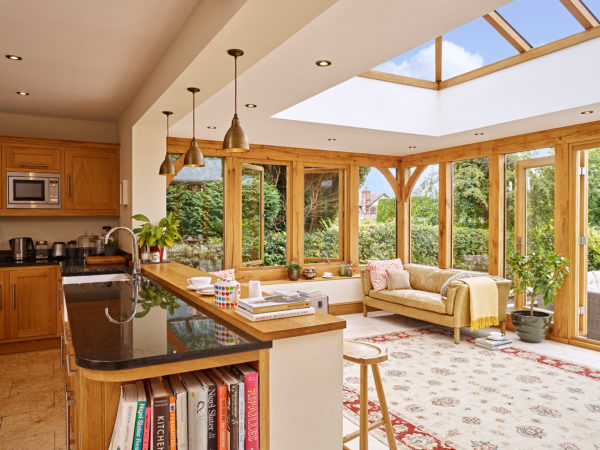Home Extension Step-by-Step Guide
There are 3 steps in this guide
A well-planned home extension has the potential to turn even the humblest of properties into a comfortable, stylish and light-filled home.
With the right design and execution, you can create a wonderful new zone that not only transforms the way you interact with your living environment, but also adds significant value.
Why extend your home?
One of the big advantages of adding more space to your existing home, of course, is that you won’t have to pay stamp duty or agents’ fees – which should free up more of your budget to put into creating a truly tailored space that suits your family
That said, it’s important to keep future resale values in mind. One crucial consideration is how well-balanced the finished house will be. It’s all very well adding a kitchen-diner with two new bedrooms above, for example, but do you have enough bathrooms or ensuites to serve the extra accommodation?
Thinking through how the new extension will integrate with the rest of your home – and possibly remodelling the original ground floor layout – could help you make the most of your scheme.

This extension by Mulroy Architects was achieved under the more generous permitted development rights currently available in England
Extension checklist: What to consider
1 What’s my extension budget?
It’s tempting to be cagey about what you have to spend, but if you give your designer a budget (minus your contingency) they’ll be better able to assess what you can achieve for the money you have available. A good professional will of course aim to deliver the wow factor – but above all they’ll want to create the space you want at a price you can afford.
2 Do I need planning permission for my extension?
Some single storey and multi storey extensions are allowed under permitted development rights, which means you don’t have to make a formal planning application. Your project will have to fit within a range of criteria relating to size, height, orientation and materials – and if it falls outside of the rules, you’ll need to make a full planning application instead.
3 How easy will access be?
If you’re taking on a rear or side extension and live in a terraced or semi-detached property, then getting materials and plant on site could be an issue. Generally, this will mean hand-balling products through the existing house, and may require manual digging of foundations – all of which will add time and cost.
4 Where are the drains?
If there’s an existing drainage route beneath or close to the location you have in mind for an extension, this may have to be moved. Should this be a shared public sewer, then you’ll need to get the agreement of the water company to make any alterations.
5 Boundaries & party walls
Many extension projects will involve at least one boundary or party wall. In such cases, your scheme will come under the auspices of the Party Wall Act – so you’ll need to secure a suitable agreement with affected neighbours.
6 Will an extension have an adverse effect on my garden amenity?
If your home is on a tight plot with little in the way of outdoor space, then extending outwards may not be the best course. Good garden amenity is a valuable asset – so consider a loft conversion or, particularly in urban areas, a basement extension instead.
7 Do I have extension insurance?
Most standard buildings insurance policies won’t cover your property while you’re having major work carried out.
Instead, you’ll need specialist site insurance designed to cover both the works themselves (the value of which will change over the course of the construction.































































































 Login/register to save Article for later
Login/register to save Article for later











